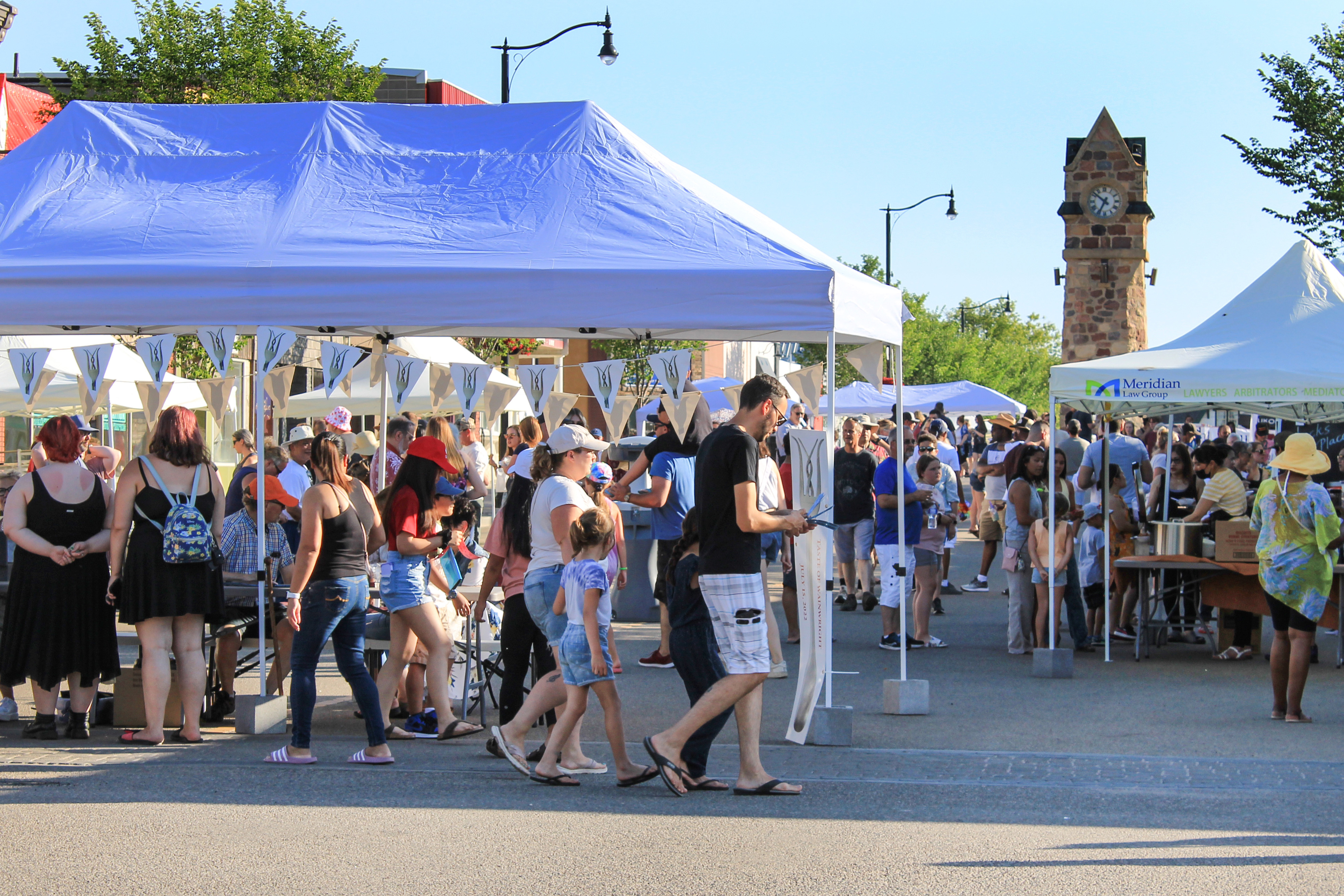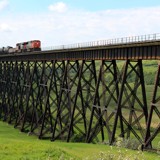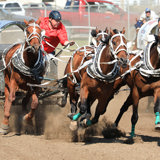Attractions
Bud Cotton Buffalo Paddock
LSD 1-36-44-7-W4M
After the turn of the century, Howard Douglas, Superintendent of Buffalo National Park can be credited with pushing the Dominion government to purchase the largest and one of the last plains bison herds on the continent. In 1907, the government created Buffalo Park on 160 square miles of land adjacent to Wainwright and stocked the area with several hundred head of buffalo purchased from Montana rancher, Michel Pablo. Under protection, the herd grew to such an extent that annual round-ups began in 1922 to reduce the population of the herd. From 1922 until 1939, the herd was rounded up annually and culled and, from 1925-1928, shipped north to Wood Buffalo National Park. In 1923 the Hollywood movie “The Last Frontier” was filmed at Wainwright. The Park Riders were used as stunt men and extras. Buffalo were also shipped to zoos and parks all over the world.
The round-ups continued until 1939 when all the buffalo were removed and the park was turned over to the Department of National Defense (DND) for use as an army training facility. Today the DND maintains the “Bud Cotton Buffalo Paddock” located at the entrance to Camp Wainwright. Opened in 1980 four yearling bison were donated by the Superintendent of Elk Island National Park to commemorate the plains bison saving effort at Buffalo National Park (1909 – 1939). The military base continues to maintain this bison herd housing approximately 20 buffalo as a reminder of the history of the park.

Buffalo Statue
1305 – 10 Street
Deemed ‘Canada’s largest buffalo', Wainwright’s Buffalo Statue and symbol was erected just off the highway on Main Street in July 1965 in memory of the great buffalo herds that roamed Buffalo National Park.
The statue was unveiled at a ceremony attended by many townspeople and visitors including a group of men who rode range in the buffalo park, or took part in its operations. Chief of these was Bud Cotton who came from Calgary and gave an interesting address and did the actual unveiling. Many dignitaries were introduced including the man who actually made the buffalo, Heiko Hespe.
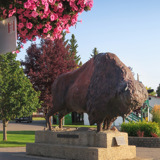
Historic Main Street
1st to 5th Avenue, Main (10th) Street
Since 2000, the Town of Wainwright has partnered with the Alberta Main Street Program and the Alberta Heritage Resources Foundation who have granted hundreds of thousands of dollars to preserve and protect the historic downtown centre. This partnership has resulted in numerous studies and strategies to preserve and revitalize the downtown core.
The Wainwright Main Street Project continues to flourish with major restorations of the Old Town Hall, Wainwright Hotel and the CN Station.
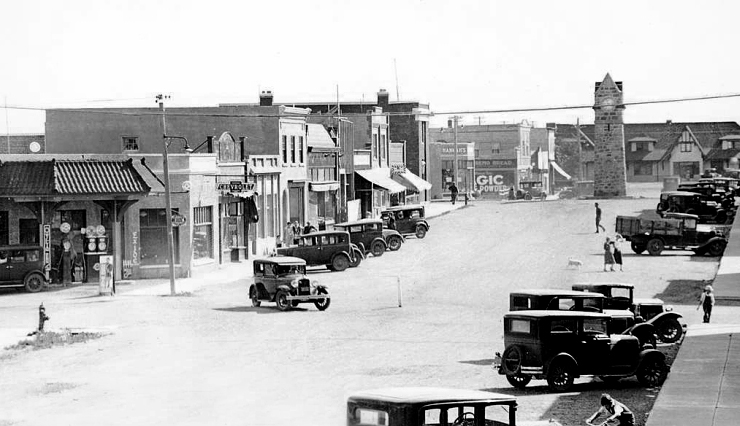
Memorial Clock Tower
200 – 10 Street
The Memorial Clock Tower was built to honor those who lost their lives in the First World War and later to include World War Two. Recently, recognition was added for lives lost in Afghanistan and Peace Keeping missions around the world. Each Remembrance Day, citizens of Wainwright along with the Royal Canadian Legion, gather around this memorial and pay tribute to those who fell in the wars. The Memorial Clock Tower was the only structure left standing after the worst fire in the history of small town Alberta swept through Wainwright destroying 70 businesses and 8 homes in the summer of 1929.
Described as a “Roman tower”, the monument was designed and built by Frank Bailey. The clocks in the tower were purchased from Gillett and Johnston, Croydon, England. The bronze tablet set in the masonry, which lists the dead, was designed by Morris Norburg, Edmonton.
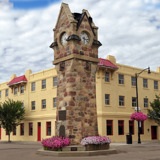
Museum
1001 - 1 Avenue
Home of the Visitor Information Centre
- Open May 1 – August 31, Tuesday – Saturday, 10:00 am – 4:00 pm
Phone: 780-842-3115
Email: wainwrightmuseum@gmail.com
The Wainwright and District Museum originated in 1984 under the leadership of the Battle River Historical Society. Through donation the Museum collection has gradually grown and now houses hundreds of documents and artifacts. The old Alberta Government Telephones building was the home of the Museum for the first decade but became crowded and began to deteriorate beyond repair.
It was not until 1983 that the Museum found a new home when the Town of Wainwright provided the society with the basement of the R.C.M.P. building rent free for two years until a more permanent facility could be found. It was in 1983 too that the Battle River Historical Society was incorporated under the Societies Act of the Province in Alberta.
Now strategically located in the CN Station in the centre of the historic district, the Museum boasts exciting displays, a gift store and a restaurant and along with the historic buildings and the Rail Park, stand as the main tourist attractions in the Town of Wainwright.
The objective of the Wainwright and District Museum is to collect, conserve, display, research and interpret the artifacts or documents related to the surrounding region. As a result, the Museum has constantly strived to learn more about events that have shaped the past with the aim of transposing this information into both interesting and informative displays.
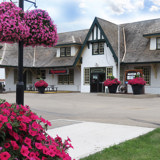
Petroleum Park
305 – 14 Avenue
In homage to the oil industry that was such an important part of Wainwright’s history, a dedicated group of volunteers are working to restore and house one of Alberta’s first pump jacks that will be displayed in Petroleum Park as a proud memorial to the oil industry’s contribution to Wainwright and the Province of Alberta.
The Pump Jack is visible to all along Highway 14 and as such enhances tourism in our area as it relates to Alberta’s most valuable industry – oil. The oil industry continues to be important to Wainwright & District and this artifact has an economic benefit to business in the community because it speaks to the long history of heavy crude in our district and the Province of Alberta.
The Pump Jack Project includes revamping the whole of Petroleum Park which is an entrance point to our community and thus adds not only to neighborhood improvement but also to the look of the Town of Wainwright & District.
The Pump Jack is an important example in Alberta of the first oil pumps installed in the province that existed during the period of the late twenties and the early thirties. The Pump Jack has cultural value to the community and to the province of Alberta. It is valued for its historical, aesthetic and cultural values. The heritage value of the Pump Jack lies primarily in its association with the early oil industry in Wainwright.
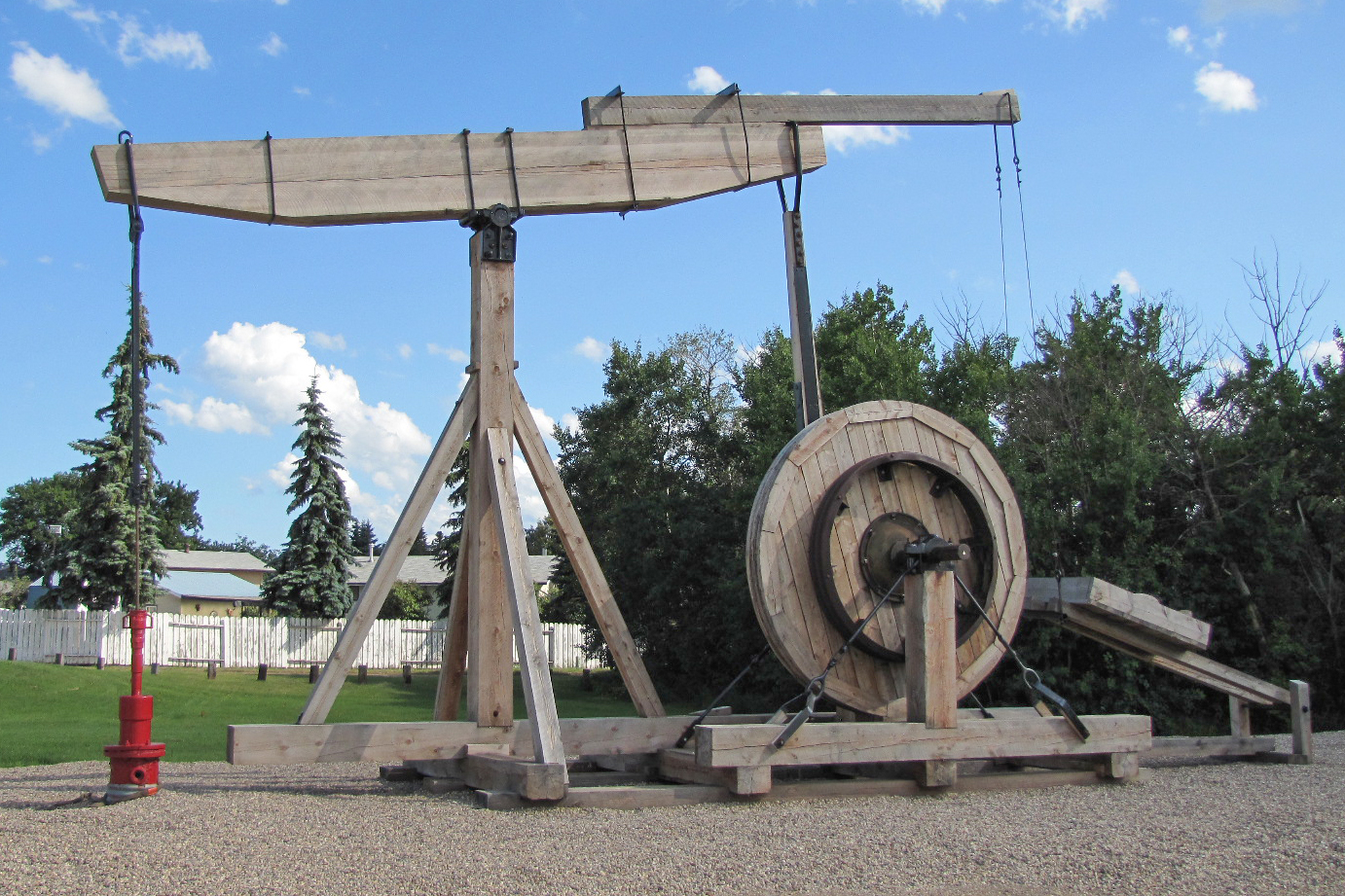
Contact Us
Town of Wainwright
1018 – 2 Avenue, Wainwright, AB T9W 1R1
Phone: 780-842-3381
Email: receptionist@wainwright.ca
Sign up to our Town Tidbits Newletter
Stay up to date on the Town's activities, events, programs and operations by subscribing to our Town Tidbits newsletter.




